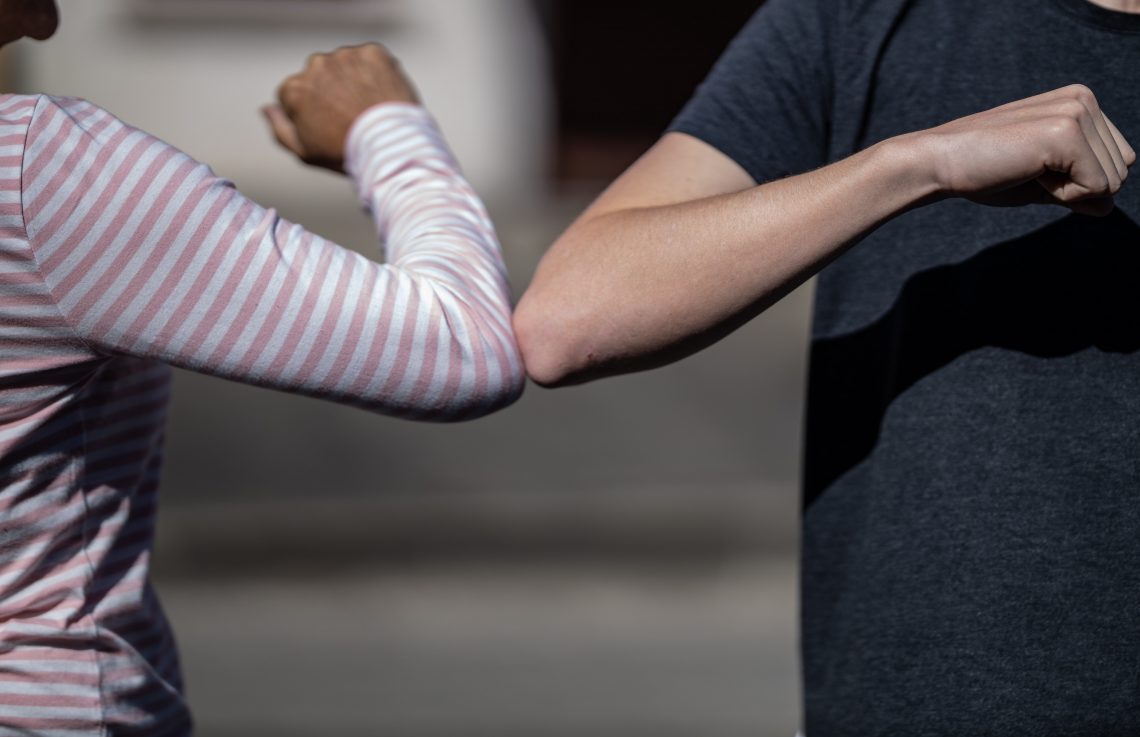
Lessons learned
What did we learn?
The pandemic has seriously compromised active participation in cultural heritage, but the subsequent lockdowns generated creative initiatives in the cultural sector across Europe. In the CRISP project, we have studied and described such innovative heritage cases on the backdrop of the situation during the pandemic.
The structured description of these cases has yielded a great deal of practical information. These ‘COVID projects’ were always understood from visitor needs during the isolated and unpredictable times of the pandemic. Time to draft them up has been limited, and there is certainly room for more depth and a better regional coverage. This website is our modest attempt. Below, you can read how we look back on the CRISP project.
In our investigation, we have seen how the developments of recent years have forced heritage institutions to collaborate, both with each other, and with partners in relevant sectors. In general, we noticed an increase in consideration of audiences’ real needs. Particularly smaller museums, archives and libraries have shown great creativity, empathy and energy. These organizations have also been developing new skills, for example in the area of digitization and the use of new media.
Creativity sparked particularly at the beginning of the pandemic. A year after the start of the CRISP project in 2021, we noticed a measurable COVID fatigue: our heritage colleagues crave for stability and wish to return to the pre-COVID situation. This may have something to do with the fact that few initiatives were focused on the longer term. But our work has changed, and new questions arise: what can heritage do to empower a society in crisis? How are digital experiences valued? How will heritage be valued when online services are expensive to develop but are expected by audiences? What are the blessings and challenges of more complex and diverse collaborations?
The CRISP project was aimed at preserving valuable experiences, and this website is the result of our effort. We thank the European Union for supporting this project in the form of an Erasmus Plus grant. A subsequent project could evaluate visitor needs, opportunities and motives for (not) engaging in cultural heritage. Mapping the quality of digital services in terms of personal, relational, societal and spiritual development would be a logical next step.
The CRISP partners:
Header Photo by Noah on Unsplash.